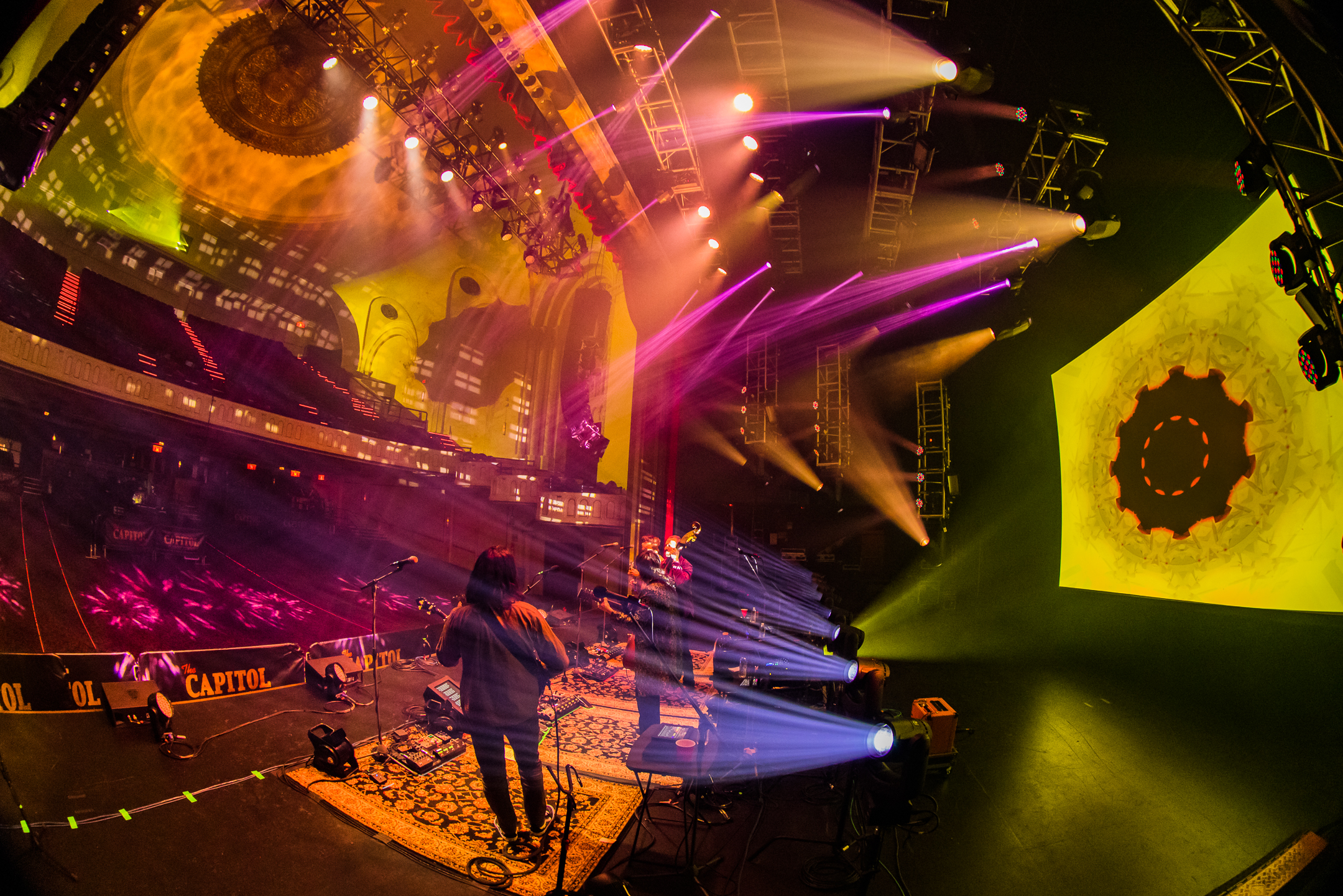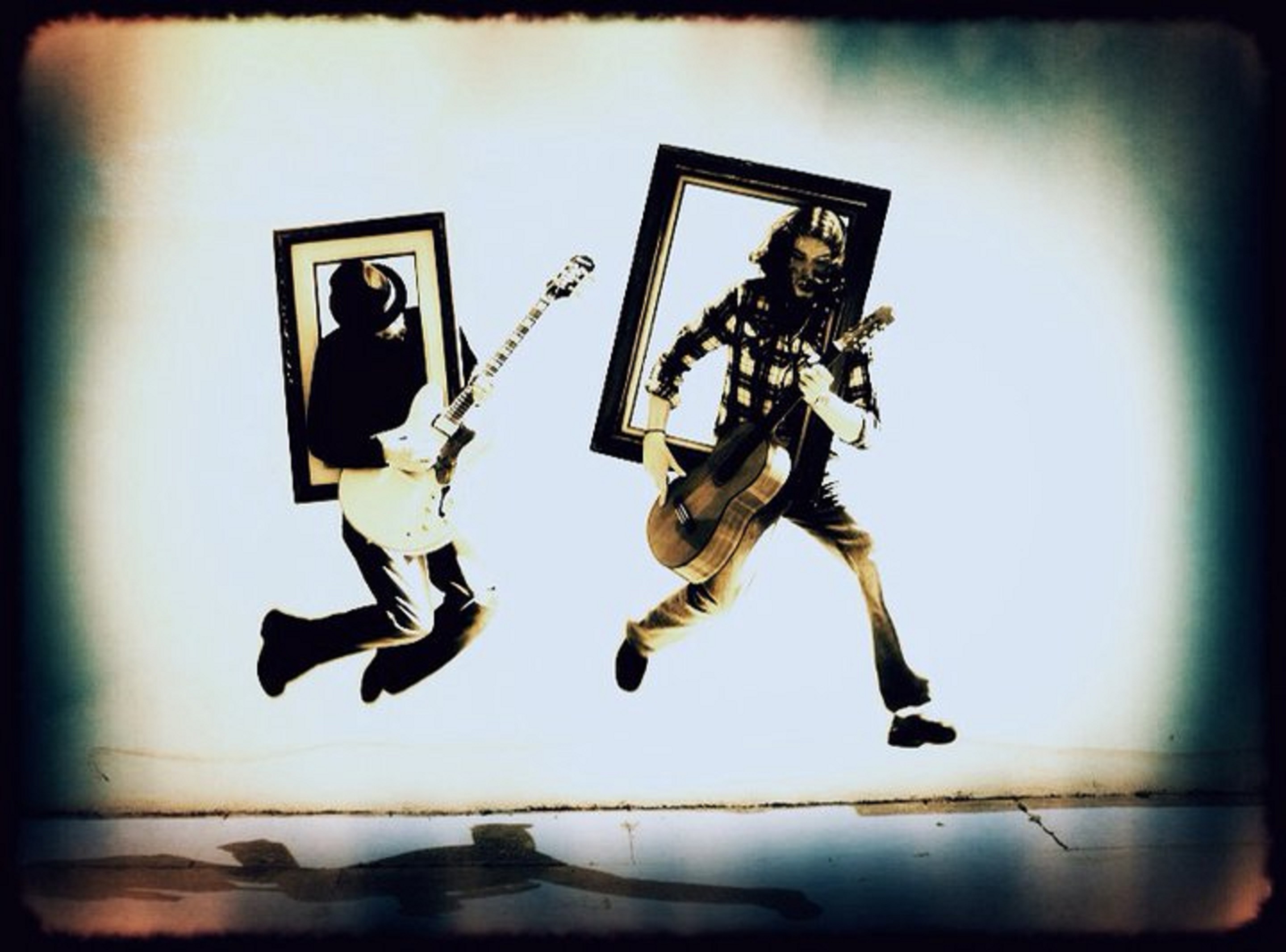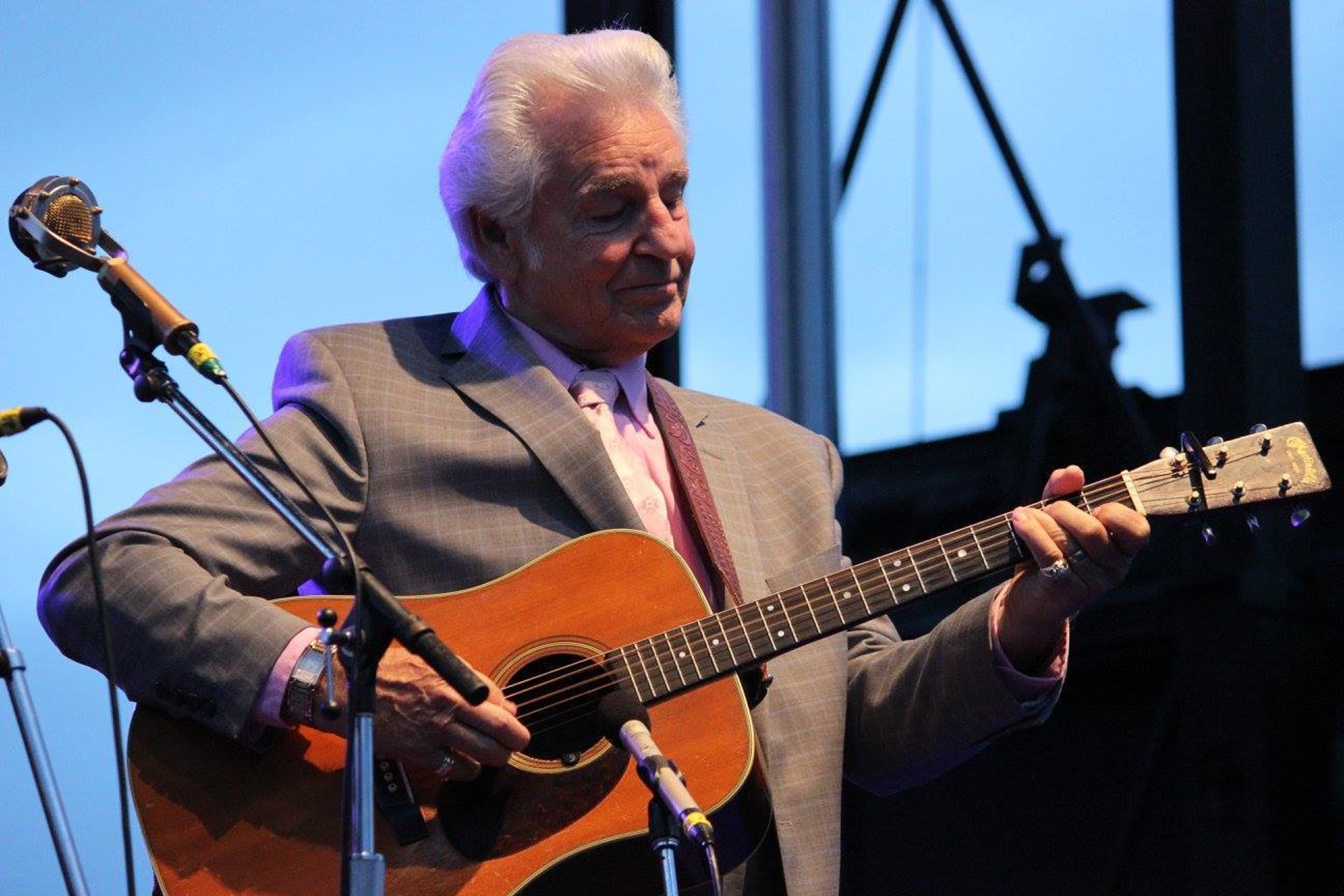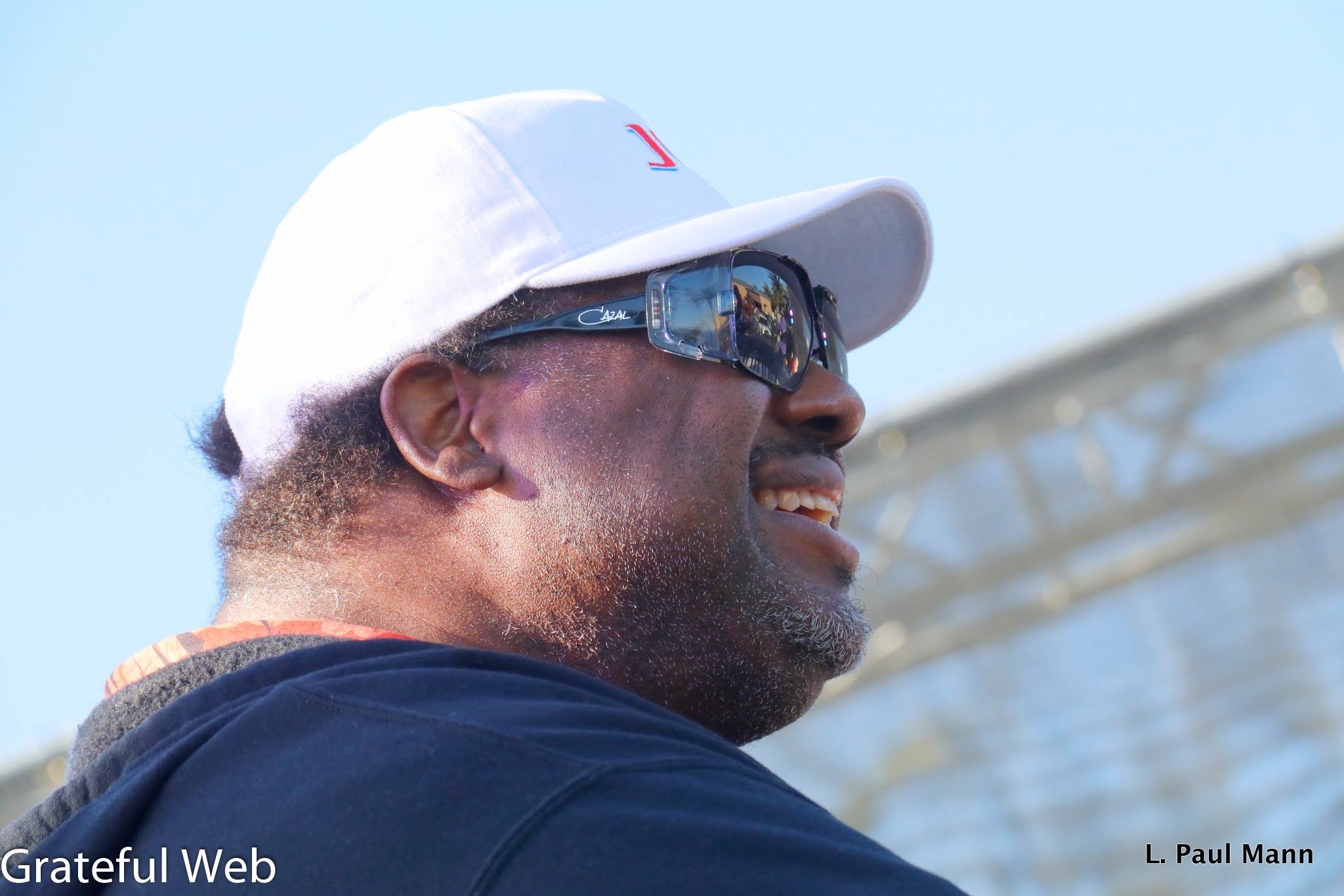Can you seriously tell me that you can spin the mental Rolodex to a particular song or artist when I describe music as “Turkish influenced?” If so, stop reading now because you already know more about this style of music then I do and you damn sure know about 3 Trees. But if, like me, you are a Turkish music newbie, or are a fan of the traditional stylings of everyone from Ahmed Adnan Saygun to Zerrin Özer, but have overlooked the western band 3 Trees, read on.
Formed by serendipitous timing, 3 Trees is made up of the players, all scholars of eastern music. Their self-titled foray into a full-length album is a sampling of live recordings from some of their first sessions together, but it does not sound like a trio finding their way. These men know who they are musically and coming together only gave each player more strength in finding those that compliment their individualism greatly.
The album wastes no time, nor sugar coats its intentions when it launches into “Sameness with People”. The eastern tuning of the stringed instruments is in the forefront. The closeness of the sounds being played by each member creates an intentional tension in the music at the beginning of the chart, only to dissipate like cool dew as the morning turns into day, when the song slows from the melody and space is created. The listener can relax, but not for too long, as the tension return intentionally. But now, the melody that had been tastefully buried in the first pass is cleaner and more exposed; altogether more comforting.
The didgeridoo becomes more relevant in the album’s second song, “Server- I Ser”, elevating the consciousness of the listener, while stretching awareness of the moment. The Turkish Ney (Reed Flute) juxtaposes the baritone breathiness of the powerful didgeridoo beautifully and the song builds with nothing more than a single drum, reminiscent of the playing of John Bonham.
The human voice does not make an appearance on the album until the third song, “Incantation Code for the Sky Spiral”. Ironically, the voice is obscured though the use of a morsing, or mouth harp. Despite its basis in a Tibetan Buddhist chant for the wisdom deity Manjushri, this song has an electronica feel based solely on how the mouth was shaped when playing the morsing and where the mouth was relative to the microphone during recording.
“East by Southeast”, the albums next cut, is immersed in a simple repetitive jam, giving each of the musicians am opportunity to explore the limits of this progressions, while always staying close to the root changes. The result is complicated, simple, soft, hard, loud quiet, with sameness throughout- just as all music played around a campfire for thousands of years seems to be.
Roughly translated as “to say the name of God”, “Allah Diyelim Daim” is 3 Trees own arrangement of one of the most popular Sufi devotional song forms called an Illahi. Slow, beautiful and reverent; it is the musical representation of what his name should sound like when we speak it, or in this case, play it.
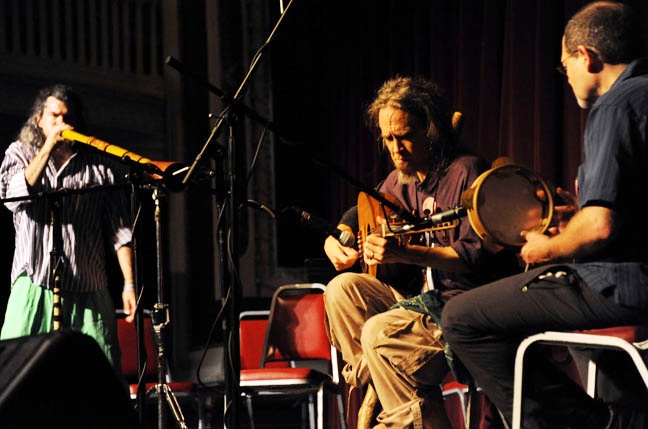
In “Sailing in the Desert”, the didgeridoo supplies the wind for your sails as you careen over dunes- the Oud Ney (traditional stringed instrument) ever increasing and decreasing speed as you slow and quick, up and down. The desert is not a singular, flat place. It has crescendo and diminuendo; three dimensions, just like this song.
In the Marimba prayer song, your thoughts of the day will fade into the music and the music will fade into your thoughts until your consciousness is supreme in the appropriately named “Secret Twilight”. The secret is being able to let this happen, a challenge for even the most devout meditative spirits among us. The song contains layers of music connected in chords with no time frame or rhythm; true spiritual improvisation.
The final traditional Turkish song on the album is “Sultaniyega Saz Semai”, A Near-Eastern classical form, and reminiscent of gypsmusic with the rhythm section and strings playing the same melody. The song seems to be winding down, with a final return to the opening melody before the fire goes out and the players march into the night, back to their caravans. But wait, it quickens again until the flame is gone and all that is left is...
“Smoke”- the albums last song. What sounds like wood crackling at the beginning of the arrangement is slowly drowned with shakers, the didgeridoo and all of the percussive instruments of the band. The open jam that ensues finds a symphonic connection between the players as the listener hears them all and each of them for one last time. Just as with actual smoke, it is impossible to predict the form of this song, but you can rest assured that the form is beautiful in its complex originality.
Ambiance is an over used root word. Describing your living room, describing your wine and describing your music, choose something more specific than ambiance. Dictionaries define ambiance as being the character or atmosphere of a place. How does what you are drinking define the character of your place in time and space? And when walking into a friend’s new abode and telling them you like the ambiance is as ambivalent as telling them that you like to breathe. Ambiance in music has defined an entire genre. Yet all music is ambient, not just the electronic music that has gotten shoved into this category, created solely because the word sounds cool. We should not be classifying any music as ambient; instead, we should be concerned with what type of ambiance the music creates. 3 Trees self-titled album is ambient. It creates an atmosphere all its own. While Turkish in root and influence, these players bring their own histories, western influences and craftsmanship into everything they play. This passion for expertise, this confidence in individuality that becomes a wholeness with 3 is unequaled in my experience and will be in yours as well.







